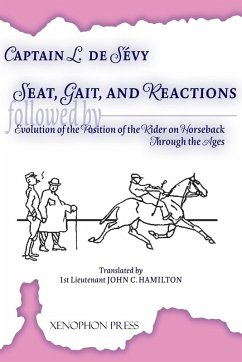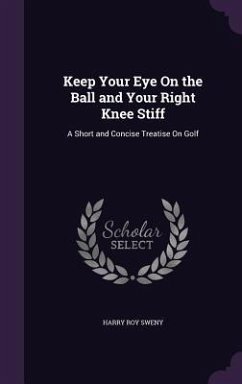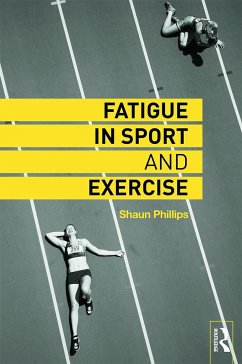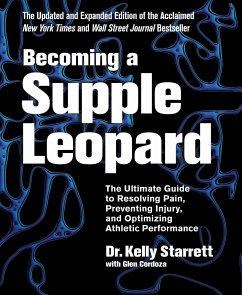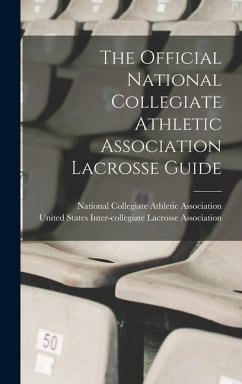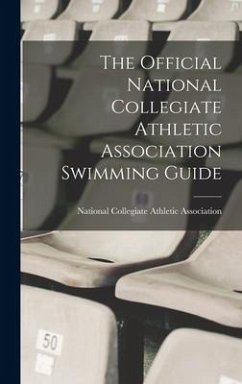
Eye Dominance in Tennis Serve
The Association of Manually Influenced Eye Dominance with the Shoulder Loading Position in a Tennis Serve
Versandkostenfrei!
Versandfertig in 1-2 Wochen
17,95 €
inkl. MwSt.

PAYBACK Punkte
0 °P sammeln!
Scientific Study from the year 2021 in the subject Sport - Sport Medicine, Therapy, Nutrition, University of Innsbruck (Central University of Nicaragua), course: Interuniversity College for Health and Development Graz-Innsbruck Austria, language: English, abstract: This study investigates the shoulder loading position as a part of the preparation phase. The shoulder loading position was considered in order to obtain good reliability in the measurement of the current serve study. Certain traits like the personal hand-eye coordination preference supposedly may play a role for an impeccable serve...
Scientific Study from the year 2021 in the subject Sport - Sport Medicine, Therapy, Nutrition, University of Innsbruck (Central University of Nicaragua), course: Interuniversity College for Health and Development Graz-Innsbruck Austria, language: English, abstract: This study investigates the shoulder loading position as a part of the preparation phase. The shoulder loading position was considered in order to obtain good reliability in the measurement of the current serve study. Certain traits like the personal hand-eye coordination preference supposedly may play a role for an impeccable serve motion, however, the gap of knowledge about the shoulder loading positions and the association with manually influenced eye dominance is evident. Manually influenced eye dominance seems to be important to analyse the shoulder loading position in the tennis serve. Thirty-one right-handed healthy tennis players underwent shoulder loading position evaluation recorded with an eight-camera VICON system. The current study evaluated open and closed shoulder loading positions in comparison with previously presented results on crossed and consistent manually influenced eye dominance. The shoulder loading positions were defined as closed (¿90°) or open (<90°) in relation to the baseline. Firstly, the most common shoulder loading position, closed or open was evaluated. Secondly, whether the most common shoulder loading position is encountered more frequently with crossed respectively consistent manually influenced eye dominance classification.




